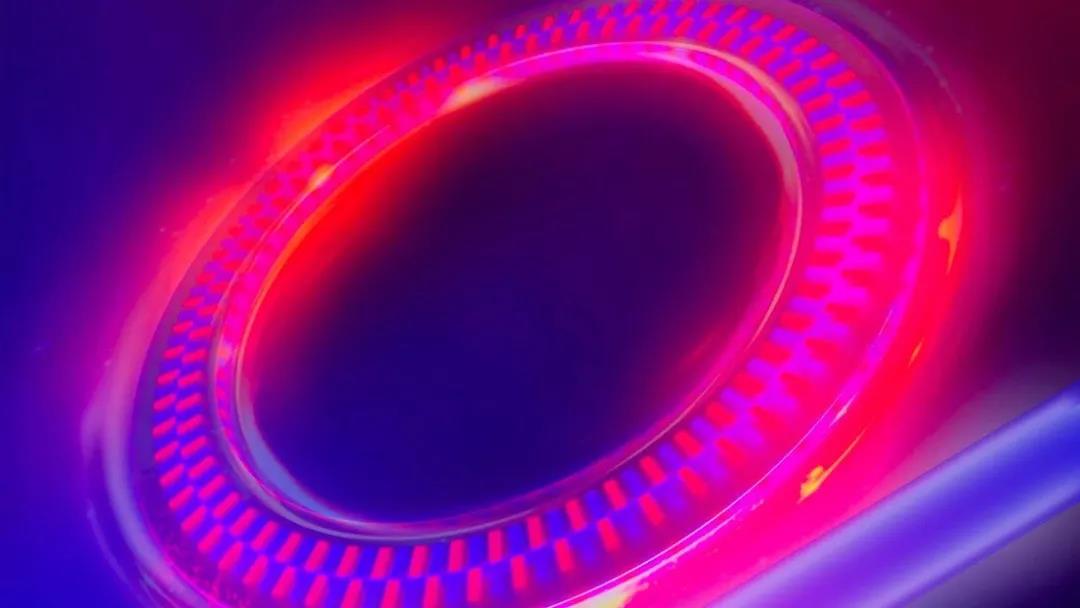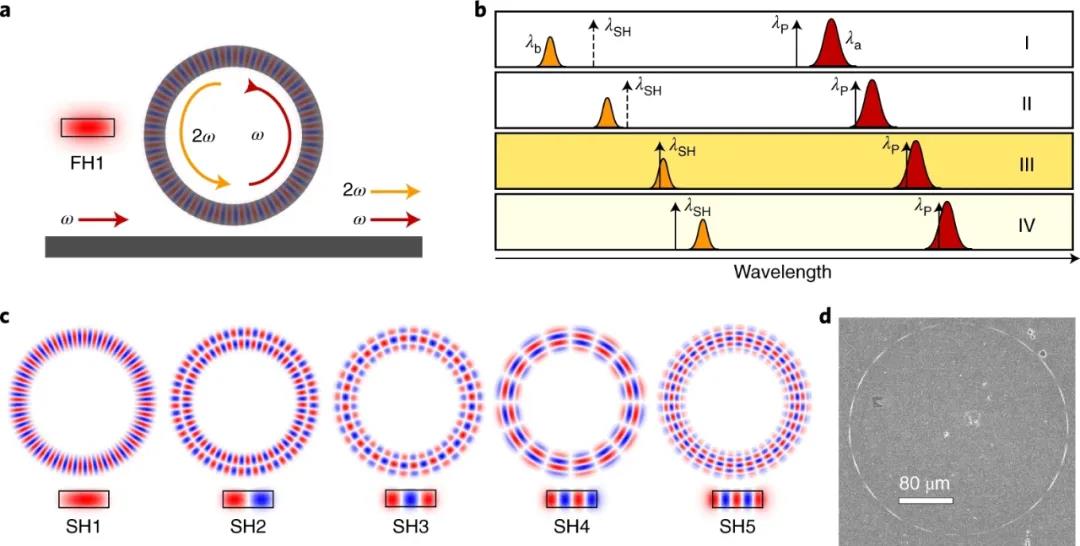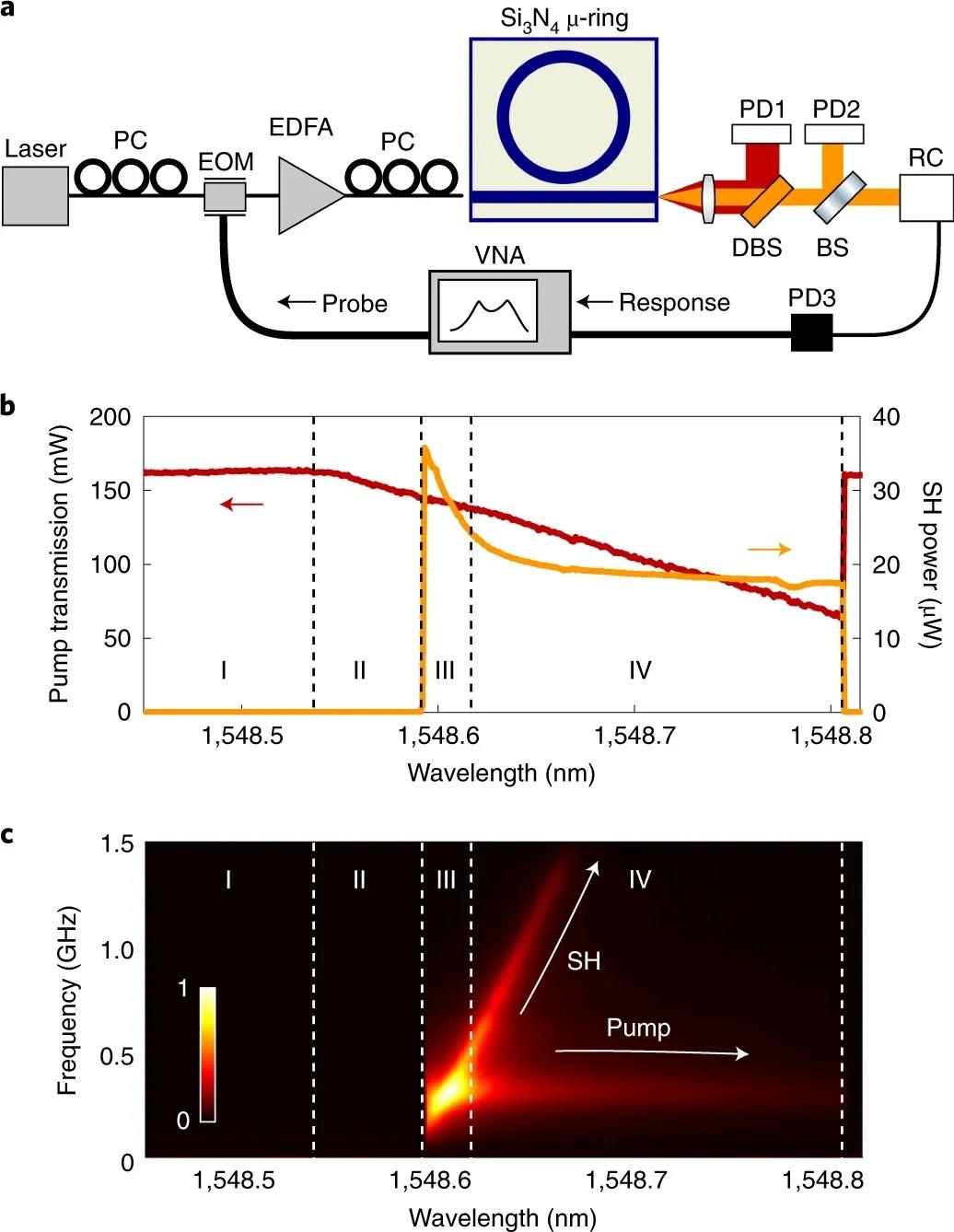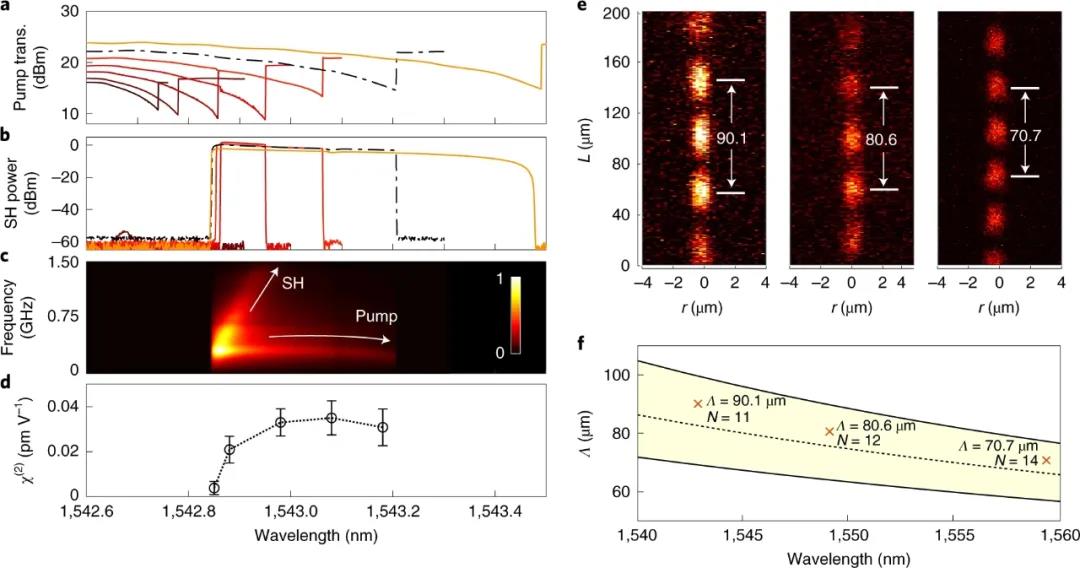With the development of miniaturization and energy saving, the development of electronic chip is becoming more and more advanced. Light, and more broadly light, plays a role in making compact, portable chips. Recently, researchers at the photonics systems laboratory, led by Professor Camille Br Ès, have successfully applied a new principle to introduce second-order optical nonlinearity into silicon nitride chips. The study is published in the journal Nature Photonics.

Image Credit::EPFL
Different colors of light
The laser itself is not green, but why did the researchers make the green laser pen? Professor Camille Brès has an answer. “Green lasers are particularly difficult to make, so we changed the frequency of existing lasers,”he said. It emits half the frequency of green light, which is doubled by the nonlinearity in the crystal. Our research includes the integration of this function, but on chip, it can be developed with standard technology for Electronics (CMOS) . Thanks to it, we will be able to efficiently generate different colors of light on a chip,”he says.
Current CMOS compatible photonic chips use standard photonic materials, such as silicon, which do not have second-order nonlinearity and therefore can not convert light in this way per se. “This has proved to be an obstacle to technological progress,”the professor added.

An amplifier ring
Scientists at the School of Engineering have developed an induced nonlinearity technique to convert light where it would normally be impossible. In addition, to make the conversion efficient, they used a resonator -- A ring-shaped structure that amplifies the nonlinear process of light. Silicon nitride resonator technology was founded by EPFL and has been commercialized by Ligentsa. The light energy circulates in the resonator for a long time, making it very low loss. The light introduced into the resonator is captured and the propagation of the nonlinear interaction increases the time required. “Non-linearity comes from the interaction between light and matter. This exchange must be long if the process is to be functional and efficient. However, the chip is a very small object and we can not benefit from the distance,”explained Dr Edgar Nitiss, one of the researchers.

There are two cars on the highway
“Because of this technology, the chip is much more efficient. But the new restrictions are imposed. When we use a resonator, we are limited in what colors we can use,”said Camille Br, “In fact, the effectiveness of non-linear effects also depends on the phase consistency between the colors that interact with each other, but they inevitably travel at different speeds. Like two cars on the freeway. We want one car in the fast lane to slow down and the other to speed up so they can stick together and interact with each other.”

“In resonators, this is usually done under very limited circumstances. The researchers found a solution to avoid this limitation and provided a range of several colors. In a resonator, light waves propagate, creating a coherent interaction that changes the properties of the material. The self-organization of the structure is realized in an all-optical way, and the phase mismatch is automatically compensated regardless of the input color. As a result, we were able to bypass the key limitations of the resonator while still benefiting from its powerful efficiency gains,”the researchers concluded.

SH-generation and χ (2) characteristics based on interaction between pump and SH4 modes in 146ghz Si3N4 microresonators
Source:Optically reconfigurable quasi-phase-matching in silicon nitridemicroresonators, Nature Photonics (2022). DOI: 10.1038/s41566-021-00925-5